Seychelles
One of mother nature’s finest, the Seychelles is made up of 115 islands (dated ,roughly, 750 million years), 41 of which are the dramatically beautiful granitic Inner Islands and the remaining 74 (Outer Islands) are laced across picture postcard coraline atolls, complete with low-lying beaches and coral reefs.
Nestled in the Indian Ocean, the Seychelles offer a sanctuary for unique flora and fauna. Spot giant tortoises and the indigenous Coco de Mer palm on the many walking trails around the islands. Picture perfect beaches are in abundance, many encircled by coral reefs teeming with marine life.
Highlights
Gateway: Seychelles International Airport
Time zone: GMT +4 hours
Currency: Seychelles Rupee (SCR).
Languages: The official languages are Creole, English and French
Dialing code: +248
Religion: The islanders are predominantly Roman Catholic (76%), with some other religions also present, such as Anglicans, Hindus and Muslims
Plug sockets: 240 volts AC, 50Hz. British-style plugs with three pins are standard
Airport to North or South Mahé: 20 to 35 mins car
Airport to Silhouette: 10 mins car and 45 mins speedboat
Airport to Praslin: 15 min flight or 1hr ferry and 20 mins car
Airport to La Digue: 15 mins ferry from Praslin
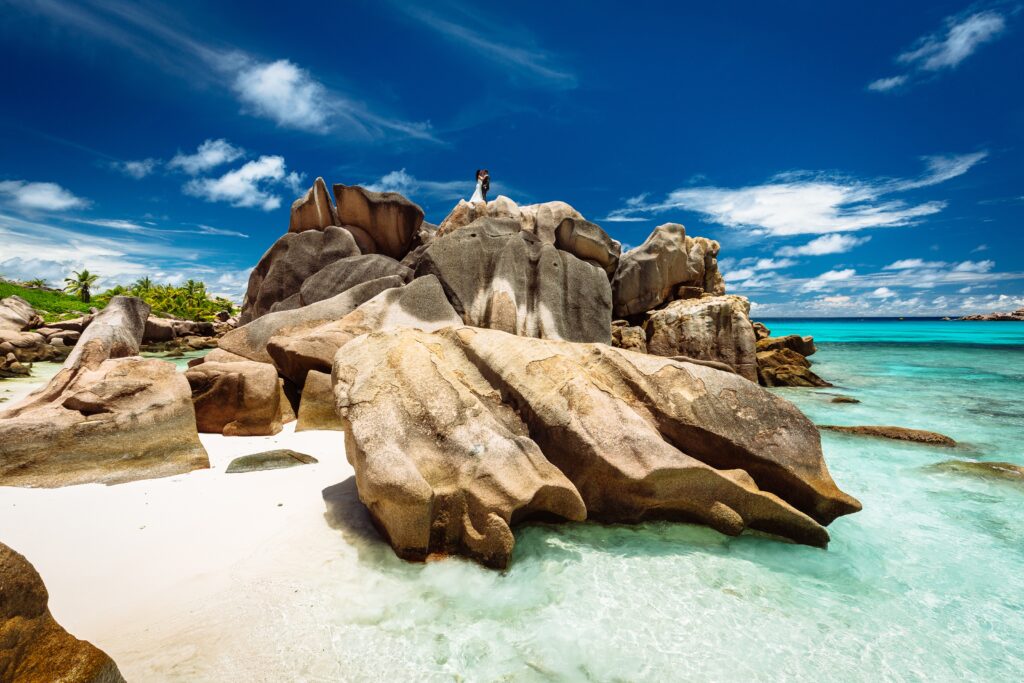
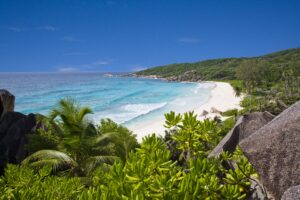
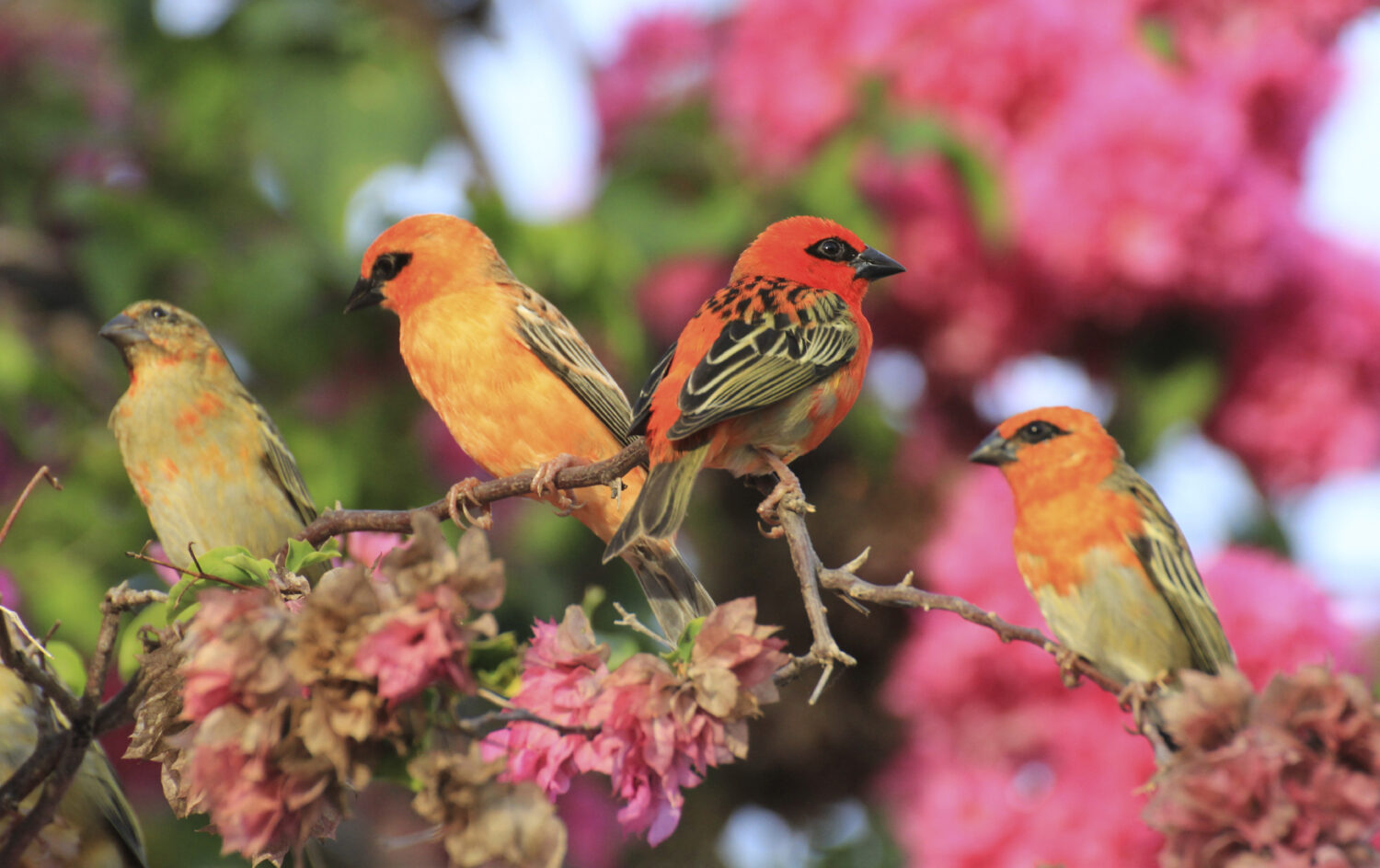
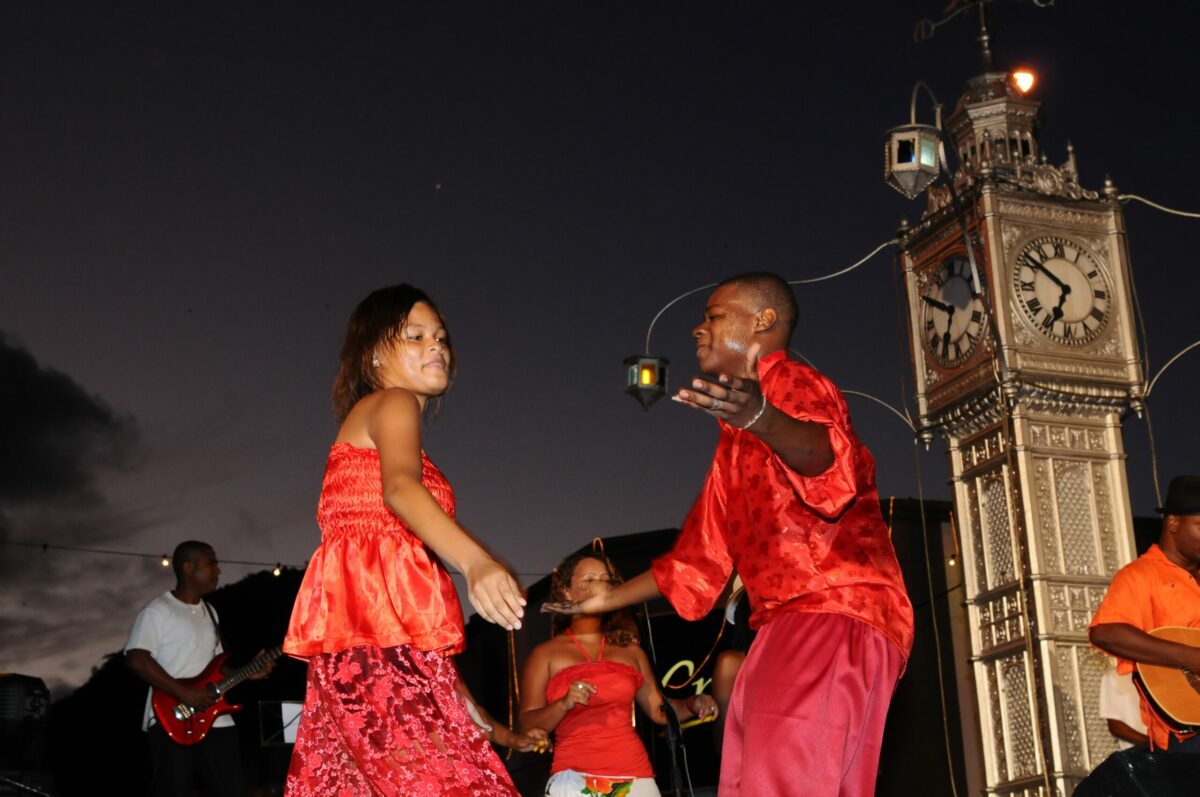
When to visit
There’s a tropical year-round climate with sunny temperatures averaging between 24C and 30C. Rain, sometimes heavy, is common December-February. During the drier months between May and September, the southeast trade winds can bring breezy relief, but will also mean rougher seas
Wildlife
Seychelles is a unique environment, which sustains a very special biodiversity. It is special for a number of different reasons. These are the oldest oceanic islands to be found anywhere on Earth. Seychelles is home to Aldabra, the largest coral atoll in the world, and an endangered species in itself. The country can boast 12 endemic bird species, including national bird, the black parrot. And also, the Green and Hawksbill turtles that lay their eggs on the Seychelles beaches. Green turtles lay all year round whereas Hawksbill turtles lay from August to February.
Culture
The islanders are mainly descended from African slaves bought here by the French and later freed by the British. Chinese merchants and traders also started arriving around 150 years ago, contributing to the Creole mix, along with Europeans and Indians before them. The people live a relatively simple life and tourism here is both young (the international airport only opened in 1971) and carefully controlled, in order to protect Seychelles’ charm. Its music is rooted in African, Malagasy and European cultures, while the hip-swaying, foot-shuffling Sega dance is still popular.
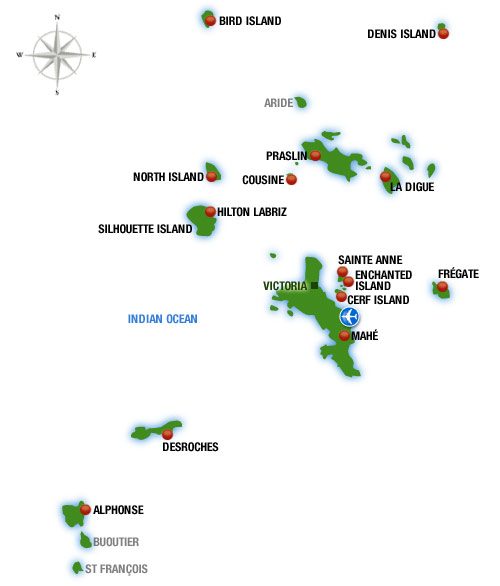
La Digue
This may be the third most populated island in Seychelles but most people here use just two wheels to get around, or ox-cart. Sleepy La Digue is easy to reach by boat from Praslin and local tour companies usually include bike hire and the boat trip. Cycle past vanilla plantations, the odd giant tortoise plodding along and charming traditional houses. Beaches here include little Anse Patates, Petit Anse, Grand Anse and of course, the showstopper – the blinding white sand of Anse Source d’Argent, one of Seychelles’ most famous beaches.
Areas of Seychelles
Victoria
The main island of Mahé is home to the capital Victoria, which is as bustling as Seychelles gets. Soak up the local atmosphere, including the central market, where stalls display fruit, vegetables and fish, while upstairs, tourist shops sell clothing and souvenirs. Try Kenwun House – one of the oldest and best examples of French colonial architecture on the island – for jewelry, art and crafts of a higher quality (and price). At the heart of the capital is the silver-coloured Victoria Clocktower.
Praslin
Seychelles’ second most populated island has around 6,500 locals and is 45km from Mahé. There are several hotels, but daytrippers come to this granitic island to visit Vallee de Mai Nature Reserve (see attractions), one of Seychelles’ most treasured habitats and a living laboratory. The island is also known for Anse Lazio and Anse Georgette, heart-stopping gorgeous beaches. A ferry runs from Mahe to Praslin, but between May-September, it’s not so pleasant if seas are rough; it’s possible to fly between the two. It’s also handy for islandhopping around nearby Cousin, Cousine, Curieuse, Felicite, Grande Soeur, Ile Cocos, La Digue and St Pierre
Aldabra
Closer to Madagascar and the Comoros than it is to the rest of the Seychelles, Aldabra Atoll lies 1,150km from Mahé. This huge coralline was designated a UNESCO World Heritage site in order to protect its delicate eco-system and huge population (thought to be more than 152,000) of endemic giant Aldabra tortoise, which are the world’s oldest living creatures but were nearly wiped out by colonial use of them for food and their shells. Tourists cannot visit, but it’s a key part of the Seychelles story
History of Seychelles
Seychelles is a comparatively young nation which can trace its first settlement back to 1770 when the islands were first settled by the French, leading a small party of whites, Indians and Africans. The islands remained in French hands until the defeat of Napoleon at Waterloo, evolving from humble beginnings to attain a population of 3,500 by the time Seychelles was ceded to Britain under the treaty of Paris in 1814.
During this period Seychelles came to know the enlightened policies of administrators such as Pierre Poivre, the brilliant politicking of Governor Queau de Quinssy and, of course, the terrible repercussions of the French Revolution.
Under the British, Seychelles achieved a population of some 7,000 by the year 1825. Important estates were established during this time producing coconut, food crops, cotton and sugar cane. During this period Seychelles also saw the establishment of Victoria as her capital, the exile of numerous and colourful troublemakers from the Empire, the devastation caused by the famous Avalanche of 1862 and the economic repercussions of the abolition of slavery.
Seychelles achieved independence from Britain in 1976 and became a republic within the commonwealth. Following a period of single party rule by the government of Mr. France Albert René, on December 4, 1991, President René announced a return to the multiparty system of government, 1993 saw the first multiparty presidential and legislative elections held under a new constitution in which President René was victorious. President René also won the 1998 and 2003 elections before transferring the Presidency to James Alix Michel in June 2004.

